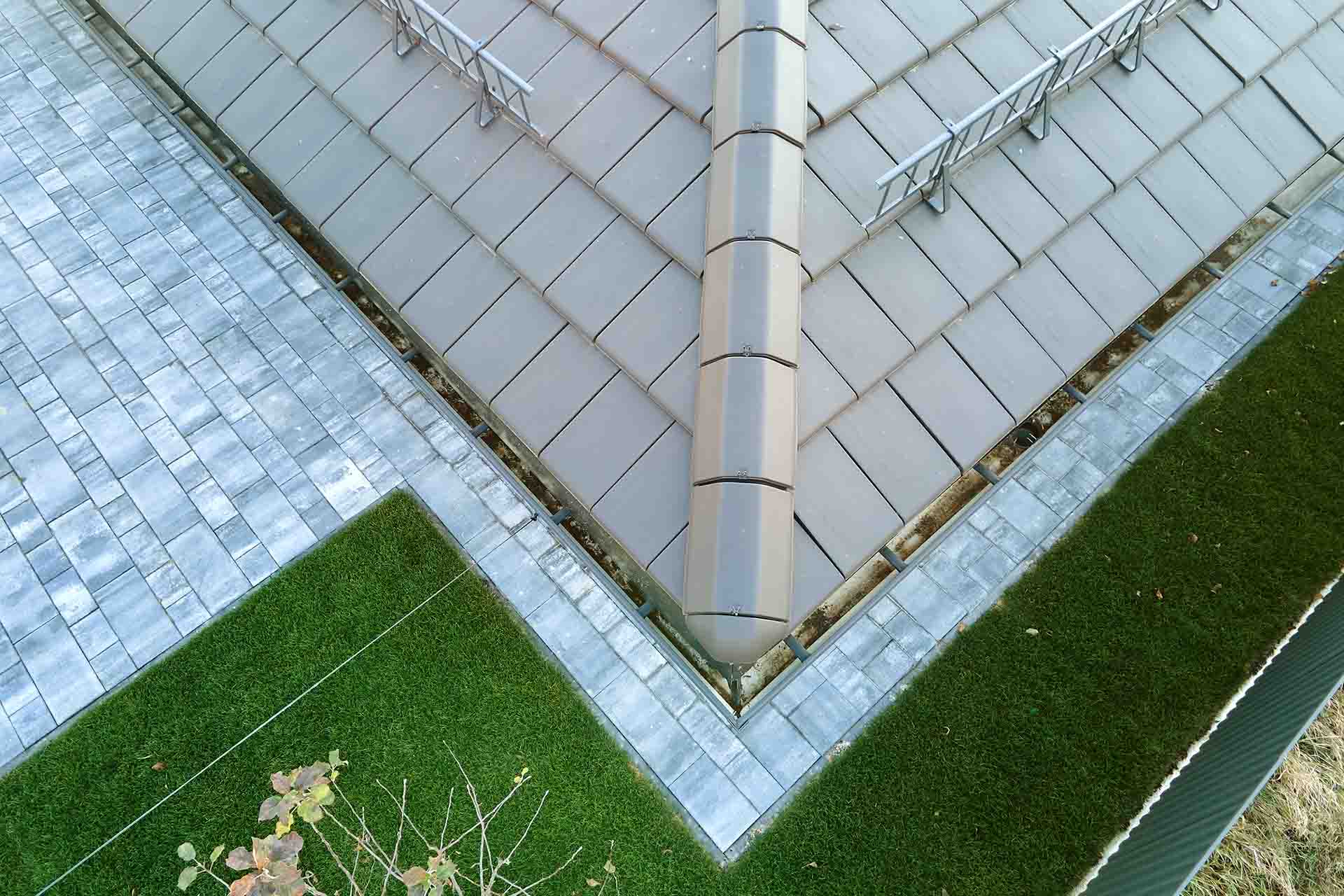What Should I Look For In A Metal Roof?
Metal roofing has dominated the general roofing market. Steel and aluminium roofs, for example, may now be created to seem like wood, stone, or clay, thanks to new invention and advancements. Metal roofing in shingle, shake, slate, and tile forms has resurrected the metal roofing sector. For decades, metal roofs meant crumpled panels that looked like they were suited for sheds or barns, or standing-seam installations that looked industrial. Metal roofing solutions are now available to accommodate every architectural style, from a Spanish Colonial in Southern California to a Victorian in New England. If you are considering purchasing a metal roof and gain as much as you can from its benefits, then you should consider these factors when choosing the right one for you and your home.
Materials
Steel, aluminium, or copper are the most common materials used for residential metal roofing. Wheels of 24- or 26-gauge steel sheets are coated with a metallic coating to prevent rust, then painted with a baked-on finish. Although aluminium sheets do not require a metallic covering, they are painted. Because copper weathers without corroding, it is generally referred to as a natural metal product. It is occasionally utilised for unique elements, such as the roofing of a conspicuous bay window. Steel roofing materials are coated with either zinc or an aluminium-zinc alloy. Galvalume has the longest service life of the two. The coatings are available in a variety of thicknesses; the thicker the coating, the longer the service life and the greater the cost.
Textures/ Finishes
Metal roofing systems come in a variety of designs and are normally placed as interlocking panels with concealed fasteners or connections. When viewed from a distance, they provide reasonably accurate representations of shingles and tiles. Some 'stone-coated' goods have an acrylic covering with incorporated stone particles, which makes the roof have a less metallic appearance. Standing-seam metal roofs appear to be long sheets of coated steel with upright seams. They are a more pure product in terms of design, but they are not ideal for every home. Standing-seam roofs are possibly best suited to the clean lines of cabins and modern housing designs.
Benefits
The fundamental advantage of metal roofing is its durability. Manufacturers frequently provide 50-year guarantees, as well as lifelong, non-prorated warranties. They promise that their goods will endure two to four times as long as asphalt shingle roofs. You will more than recoup the greater initial cost by eliminating one or two re-roofing projects throughout the lifespan of the metal roof itself. In the short run, a new metal roof recoups somewhat more of its installation cost than a new asphalt roof. In addition, there are further benefits that metal roofs have to offer. Metal roofing shingles are lightweight and may occasionally be put directly over existing roofs. Moreover, solar energy is reflected and released rather than transmitted as heat when metal roofing is coated with specially designed "cool pigments." Furthermore, metal roofs are good in stopping the development of flames of fire when burning embers land on top of them, like brush and forest fires. In fact, some insurance companies may offer a discount if you have a metal roof. Furthermore, metal roofing is constructed with a high amount of recycled metal, which is often 95 percent, and after its useful life is through, it can be recycled again. There's no need to be concerned about it taking up valuable landfill space.
Myths
Myths and tales develop from a wide range of individuals, locations, and building materials. Metal roofs seem to have more than their fair share, which may be due to the numerous alterations it has undergone throughout the years. Below are some of the most typical misconceptions about the overall product. To begin with, metal roofs are thought to enhance the risk of a lightning strike. This is not correct since metal transmits electricity but is not drawn to it. Furthermore, some people believe that metal roofs are loud and disturbing in the rain when, in fact, they are quieter than most other types of roofs. Others believe that metal roofs are prone to hail damage. Despite unusually large hailstones can damage a metal roof, regular hail storms will do no such thing to them. Also, some people believe that you cannot set foot on a metal roof. In reality, you can but you have to be careful since there is a certain way to do so. Another myth that some people think is true is that a metal roof will affect your home's temperature during the winter and make your living area colder than it should be. Again, this is not true because the metal roof has no effect on this aspect of your home, since the insulation under it is the part that keeps you and your family warm.
Metal roofs are a perfect choice when considering upgrading your roofing. They provide various benefits like durability, amazing longevity and a wide selection of designs. If you are considering purchasing a metal roof, you have to be sure that you pick the right one for you and your home because this is indeed a significant purchase. When selecting a metal roof, you have to look for the material options, the possible textures and finishes, the benefits that each type provides and the truth behind the myths about metal roofs that are being spread around the general public. By doing all of this, selecting the right metal roofing option will come with ease for you.

